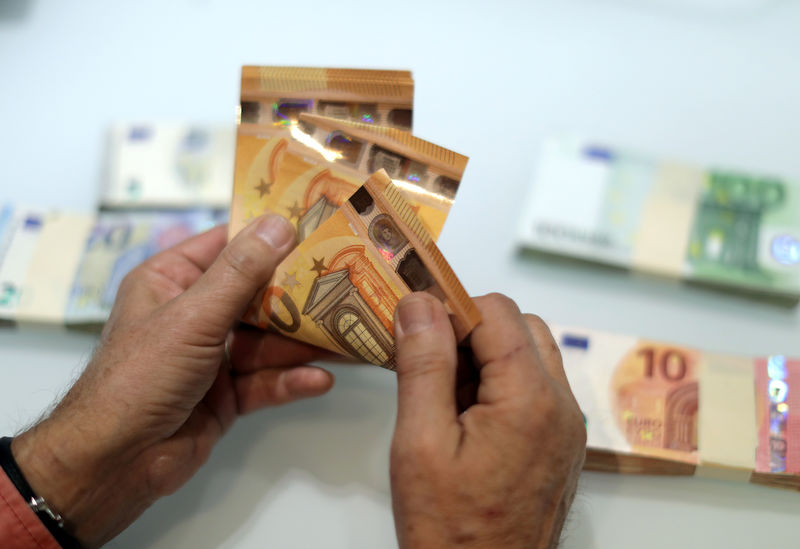By Geoffrey Smith
Investing.com -- The dollar was down in early trading on Friday in Europe, giving up some of its gains on profit-taking at the end of its best month in 10 years after further reassurances of economic policy support from China overnight.
Chinese assets had rallied strongly after state TV summarized a Politburo discussion as saying “We should waste no time in planning more policy tools and enhance the strength of adjustment in due course.”
The words were taken as the herald of fresh stimulus, as a spate of COVID-19 lockdowns across China threatens the government’s growth target for the year.
By 3 AM ET (0700 GMT), the dollar was down 0.5% against the offshore yen and was over 1% down from its intraday high. The dollar index, which tracks the greenback against a basket of advanced economy currencies, was down 0.4% at 103.20. Its rally had stopped just short of a 20-year high on Thursday.
“The possibility of more (yuan) weakness probably worries the PBoC, who understand that whatever export benefits a weaker (yuan) creates are more than balanced by the adverse effects on domestic consumption,” said Peking University finance professor Michael Pettis, via Twitter.
The euro, which often trades with a strong correlation to the yuan, also bounced 0.5% at the start of a heavy day for economic data, with both GDP data for the first quarter and inflation data for April both due at 4 AM ET (0800 GMT). Eurozone credit figures for March are due at 4 AM ET.
France and Spain have already both reported growth below expectations, French GDP stagnating in the quarter and Spanish GDP growth slowing to 0.3% from 2.2% in the fourth quarter. In contrast to the U.S., the numbers are not annualized.
The pound, meanwhile, outperformed, rising 0.6% after signs that the raging boom in house prices is finally cooling as the economy starts to slow. The Nationwide House Price Index rose only 0.3% in April, rather than the 0.8% rise expected, bringing the annual rate of growth down to 12.1% from 14.3%.
U.K. consumer and mortgage credit data are due at 4:30 AM ET.
The European data deluge comes after a deceptively weak first quarter report for U.S. GDP on Thursday, which showed a contraction due to a sharp widening of the trade balance and a drop in inventories. Business investment was strong, however, and while real consumer demand was weaker than expected, it still grew at an annualized 2.5%.
Elsewhere, the official ruble rate weakened slightly from a three-week high ahead of a policy meeting where the central bank is expected to cut its key rate to 15% from 17%, having successfully stemmed the panic that hit the currency in the wake of Russia’s invasion of Ukraine in February.
